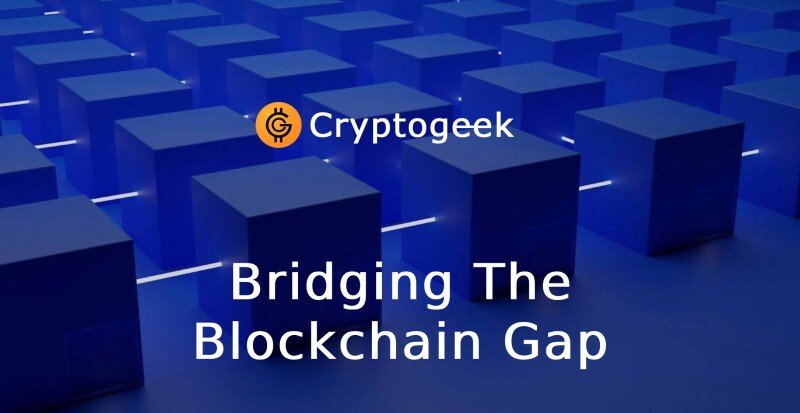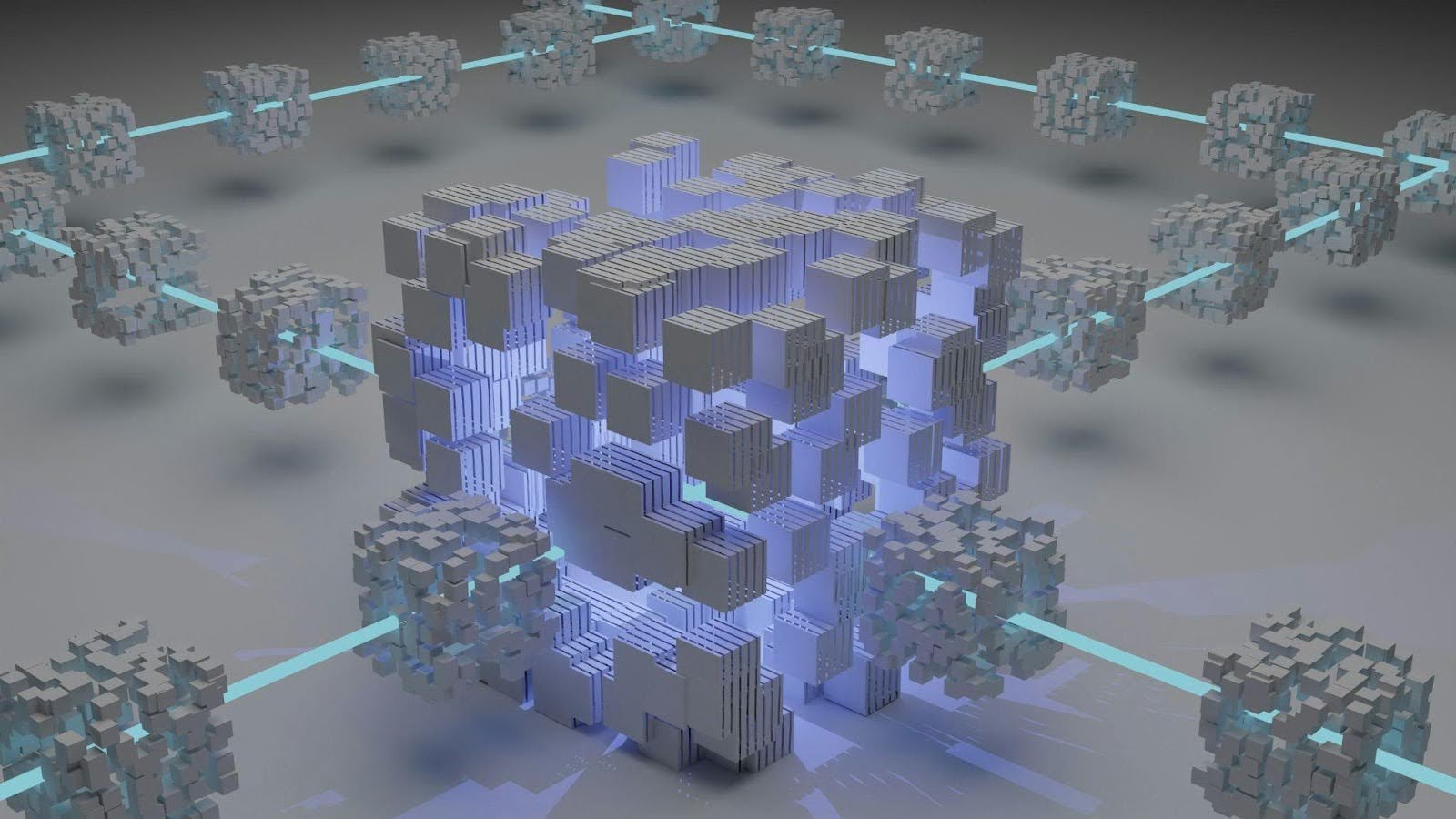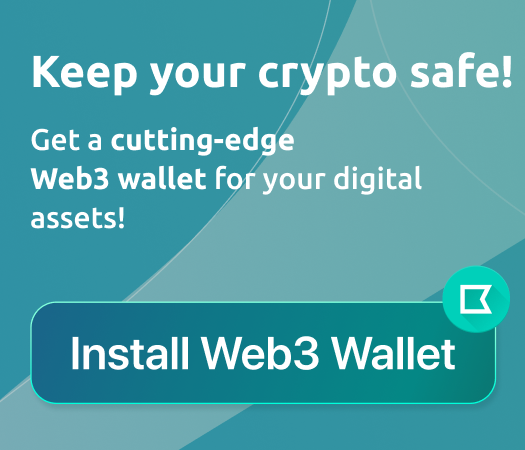Bridging the Blockchain Gap: The Importance of Connecting Different Networks


Blockchain technology has revolutionized the digital world, providing unheard of transparency, security, and decentralization. However, regardless of its many benefits, the blockchain environment remains fragmented. With several networks working in isolation, the total capacity of blockchain remains untapped. Bridging these gaps between exceptional networks is critical for understanding the promise of a honestly interconnected virtual financial system. In this article, we're going to discover the importance of connecting unique blockchain networks, the challenges concerned, and the way gear like a Bitcoin Wallet play a pivotal function in this evolving panorama.
The Current State of Blockchain Networks

Blockchain networks like Bitcoin, Ethereum, and others function independently, each with its own set of regulations, protocols, and governance systems. While those networks have proven their effectiveness in numerous programs, their isolation limits their capability. Here's why:
- Lack of Interoperability: Blockchain networks cannot natively talk with one another. This lack of interoperability hinders the seamless transfer of assets and records across systems.
- Scalability Issues: As greater transactions arise in a community, scalability will become a venture. Isolated networks were able to deal with excessive volumes of transactions successfully.
- Innovation Bottlenecks: Developers are often restricted to working within the confines of a single community, proscribing the scope for innovation.
The Importance of Bridging Blockchain Networks
Connecting exceptional blockchain networks can liberate new possibilities and deal with the challenges noted above. Here's how:
- Enhanced Interoperability: By bridging networks, assets and statistics can move freely among blockchains. This opens up opportunities for more complicated and innovative packages, such as pass-chain decentralized finance (DeFi) platforms.
- Improved Scalability: Connected networks can percentage the transaction load, improving universal scalability. This ensures that as blockchain adoption grows, networks can take care of extended demand without compromising on overall performance.
- Greater Innovation: With the potential to leverage more than one network, builders can create greater versatile and effective applications, using innovation throughout the blockchain environment.
The Role of BTC Wallets in a Connected Blockchain Ecosystem

A Bitcoin Wallet is more than just a tool for storing and handling Bitcoin. In a related blockchain atmosphere, it is able to serve as a gateway to a couple of networks, enabling users to have interaction with one of a kind blockchains seamlessly. Here's how Bitcoin Wallets contribute to bridging the blockchain gap:
- Cross-Chain Transactions: Modern Bitcoin Wallets are more and more integrating capabilities that permit customers to perform move-chain transactions. This means users can without problems exchange property among distinct blockchains without having to depend on centralized exchanges.
- Unified Interface: A Bitcoin Wallet can provide a single interface for managing belongings across multiple networks. This simplifies the user experience and encourages the adoption of blockchain technology via making it more on hand to non-technical customers.
- Security and Trust: Bitcoin Wallets are designed with safety as a priority. By incorporating multi-chain assistance, those wallets offer customers a secure manner to engage with numerous blockchains, reducing the risks associated with dealing with belongings across different structures.
Challenges in Bridging Blockchain Networks
While the blessings of connecting special blockchain networks are clear, there are massive challenges that need to be addressed:
- Technical Complexity: Developing protocols that permit interoperability between distinctive blockchains is technically difficult. Each community has its personal structure, making it hard to create a common answer.
- Security Risks: Interoperability introduces new safety risks, as the interconnectedness of networks can create vulnerabilities that might be exploited by using malicious actors.
- Regulatory Hurdles: The regulatory landscape for blockchain generation continues to be evolving. Ensuring compliance throughout more than one network adds another layer of complexity.
Solutions and Future Directions
Despite the demanding situations, several promising answers are rising to bridge the blockchain gap:
- Cross-Chain Bridges: These are specialized protocols designed to permit conversation between extraordinary blockchains.
- Layer 2 Solutions: Layer 2 answers, consisting of the Lightning Network for Bitcoin, help alleviate scalability problems by using processing transactions off the primary blockchain. These solutions also can facilitate go-chain interactions.
- Standardization Efforts: Industry-wide efforts to standardize protocols and governance systems can help lessen the technical obstacles to interoperability. Organizations like the InterWork Alliance are working in the direction of creating common requirements for blockchain networks.
The Future of a Connected Blockchain Ecosystem
As the blockchain atmosphere continues to evolve, the significance of connecting different networks will best develop. A future where blockchain networks are seamlessly interconnected will allow new commercial enterprise models, beautify the performance of digital transactions, and unlock the whole capability of decentralized technology. In this connected future, Bitcoin Wallets will play an important role, serving as the gateway for users to interact with multiple blockchains. By providing a stable, person-pleasant interface, these wallets will help pressure the mass adoption of the blockchain era.
The Imperative to Bridge the Blockchain Gap

Bridging the blockchain hole is essential for figuring out the actual potential of this progressive technology. By connecting specific networks, we will decorate interoperability, enhance scalability, and foster innovation. Bitcoin Wallets, with their capability to assist move-chain transactions and provide a unified interface, may be essential on this adventure closer to an extra related blockchain environment. While challenges remain, the progress being made in growing go-chain solutions and standardization efforts is promising. The destiny of blockchain lies in its interconnectedness, and the time to bridge the distance is now.

Tutoriais principais
-
Что такое хард-форк?Jul 27, 2020
-
Стейкинг на Ethereum 2.0 и его основные особенностиAug 01, 2020
-
Инновации на основе блокчейна в сфере энергетикиAug 03, 2020






Ainda não há comentário. Seja o primeiro!